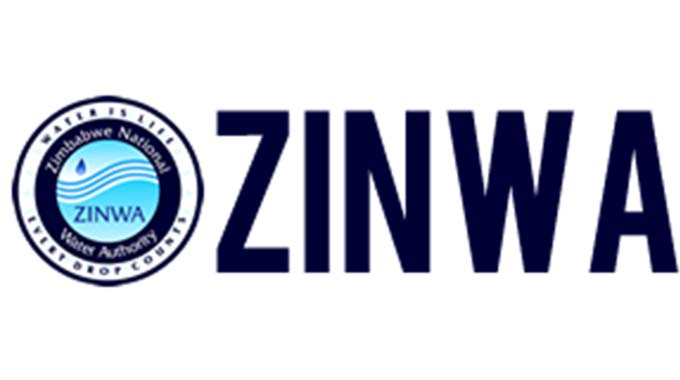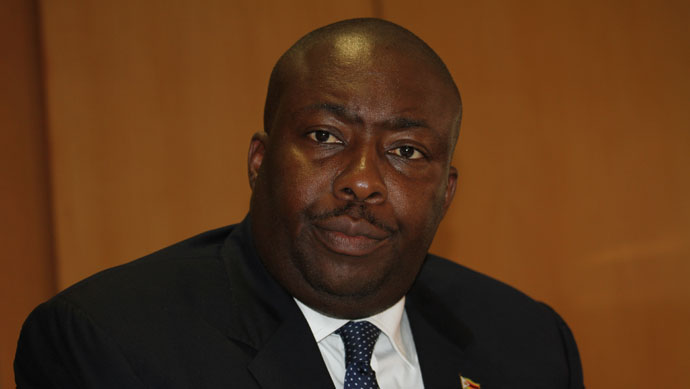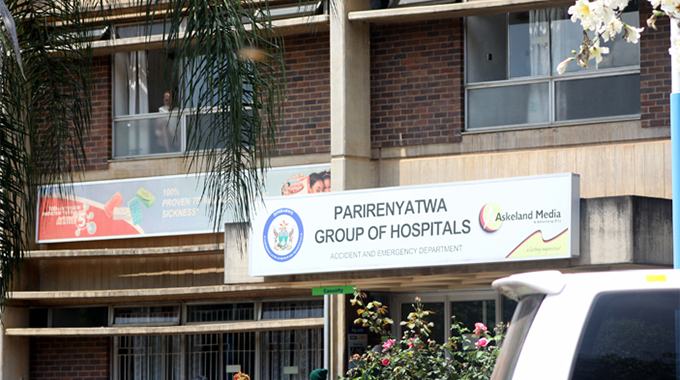Bankers keep pushing down price of US$

Herald Reporter
Zimbabwean bankers continued pushing down the price of the US dollar in their wholesale auction yesterday to a weighted average of $4 771,3854, the interbank rate for today, a drop of just over 2 percent on the auction price of Friday last week.
But the relentless pressure by the commercial banks in the seven auctions since the wholesale auction on June 27 has seen the cost of a US dollar fall by an average of over 31 percent, that being the rise in the value of the Zimbabwe dollar when looked at from the opposite side.
For the first time in the 11 banker auctions since the new system started on June 7, the top bid was below $5 000, being a few cents over $4 900 yesterday, while one bank managed to get a bargain buying US dollars for $4 500.
The gap between the top and bottom bids was just nine percent, so all 15 banks that bid were able to buy what they wanted at the price they offered. Banks who succeed with their bids pay what they offer. Only four of the 19 commercial banks stayed away.
The 15 banks bought between them US$11,598 million, the second largest purchase since the banker auctions started and ending the recent trends over the last five auctions of buying well under US$6 million at each auction. The only auction where more foreign currency was bought by banks was the second, on June 13, when US$15,44 was bought.
At all these auctions the Ministry of Finance and Economic Development has maintained the pool of US dollars on offer at US$20 million, topping up the pool each auction to take into account the sales at the last auction.
The new top price any bank was prepared to pay suggests that the banking sector now sees the US dollar as being cheaper than $5 000 for the present, while the surge in purchases of foreign currency by the banks suggests that they are stocking up to sell below that price to their business customers.
The recent continued daily fall in the pure interbank rate, the weighted average of what each of the 19 commercial banks set each day, and the lower prices banks are paying on auctions suggests that banks with stocks of more expensive US dollars are now prepared to accept the modest losses when selling their more ambitious purchases at present-day prices. The banks can afford these losses since the rest of their businesses are in good profit.
Since the new system of banker auctions started on June 7, the 19 banks have bought at total of just under US$88 million in the 11 auctions, dwarfing many fold the sums sold on the retained old-style auctions now limited to major importers. Yesterday’s weekly retail auction was typical, selling just US$542 480,35.
Almost all companies now needing to buy more foreign currency to top up what they earn themselves through exports or direct domestic sales are approaching banks rather than taking a chance on the retail auction.
The exchange rate is now set purely by the 19 commercial banks, either through their wholesale auction once or twice a week or through the daily interbank rate when the different rates set by each bank for buying and selling foreign currency are averaged out with a weighted average. The only influence the authorities have is in setting the pool of available foreign currency at auctions and for seven auctions in a row this pool has been bigger than the banks have local currency to buy.
As part of the reforms the taps that created local currency, largely through the purchase of surrendered export earnings, have been welded shut with the Finance Ministry using local currency tax deposits to make those purchases, effectively just switching between a pair of bank accounts in the Consolidated Revenue Fund. This lack of spare local currency means that banks and businesses now have to sell foreign currency when they want local currency.









Comments